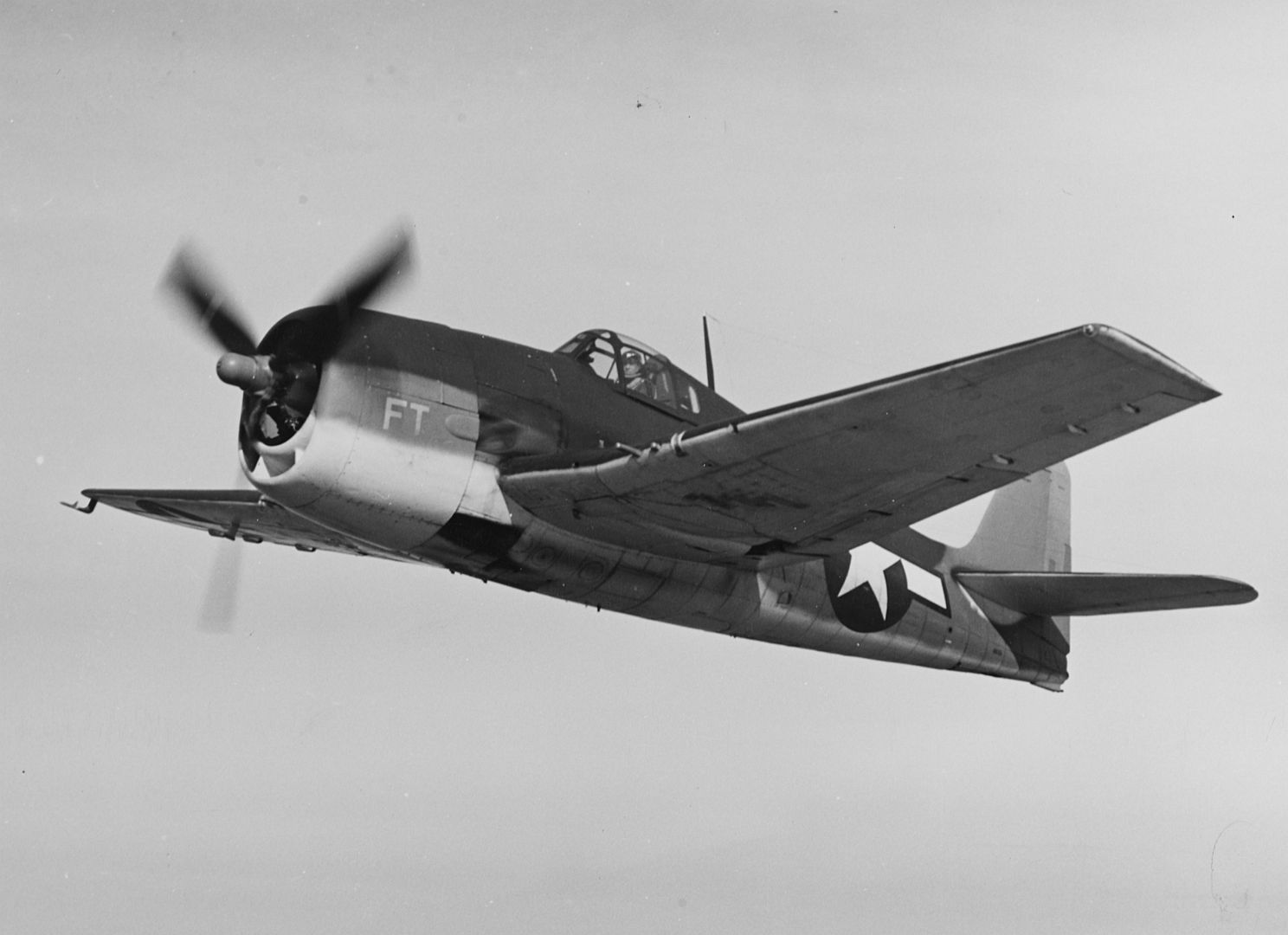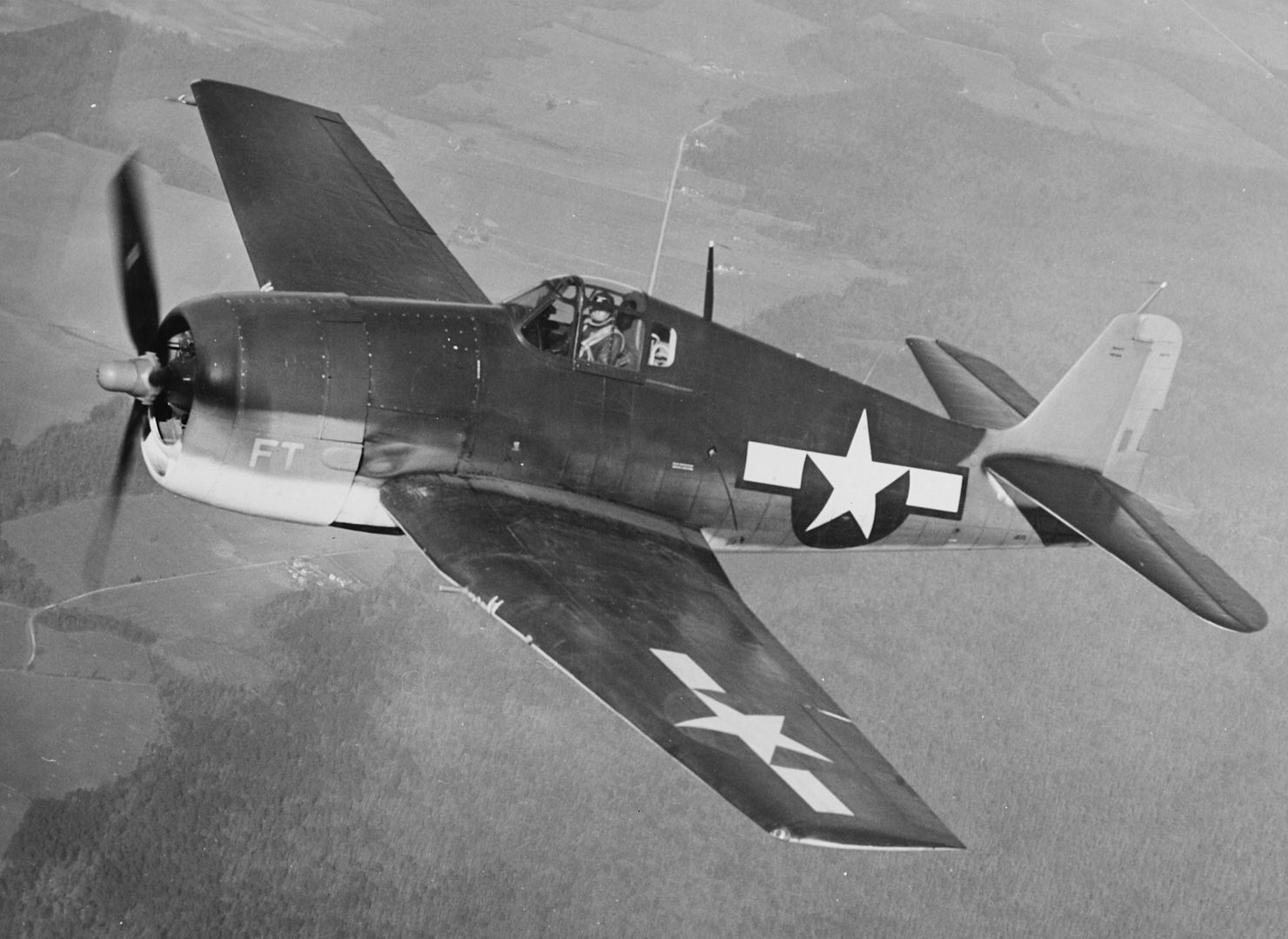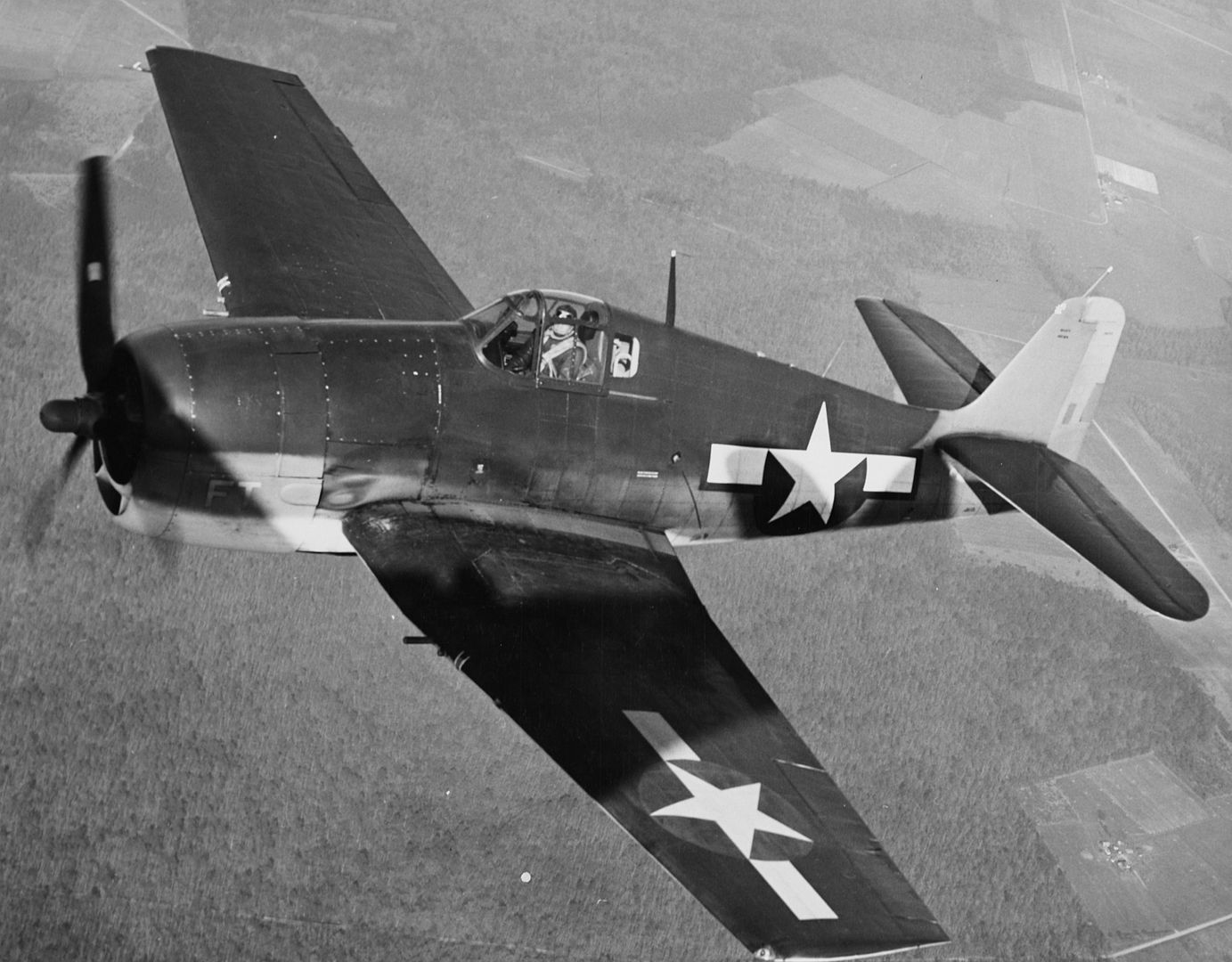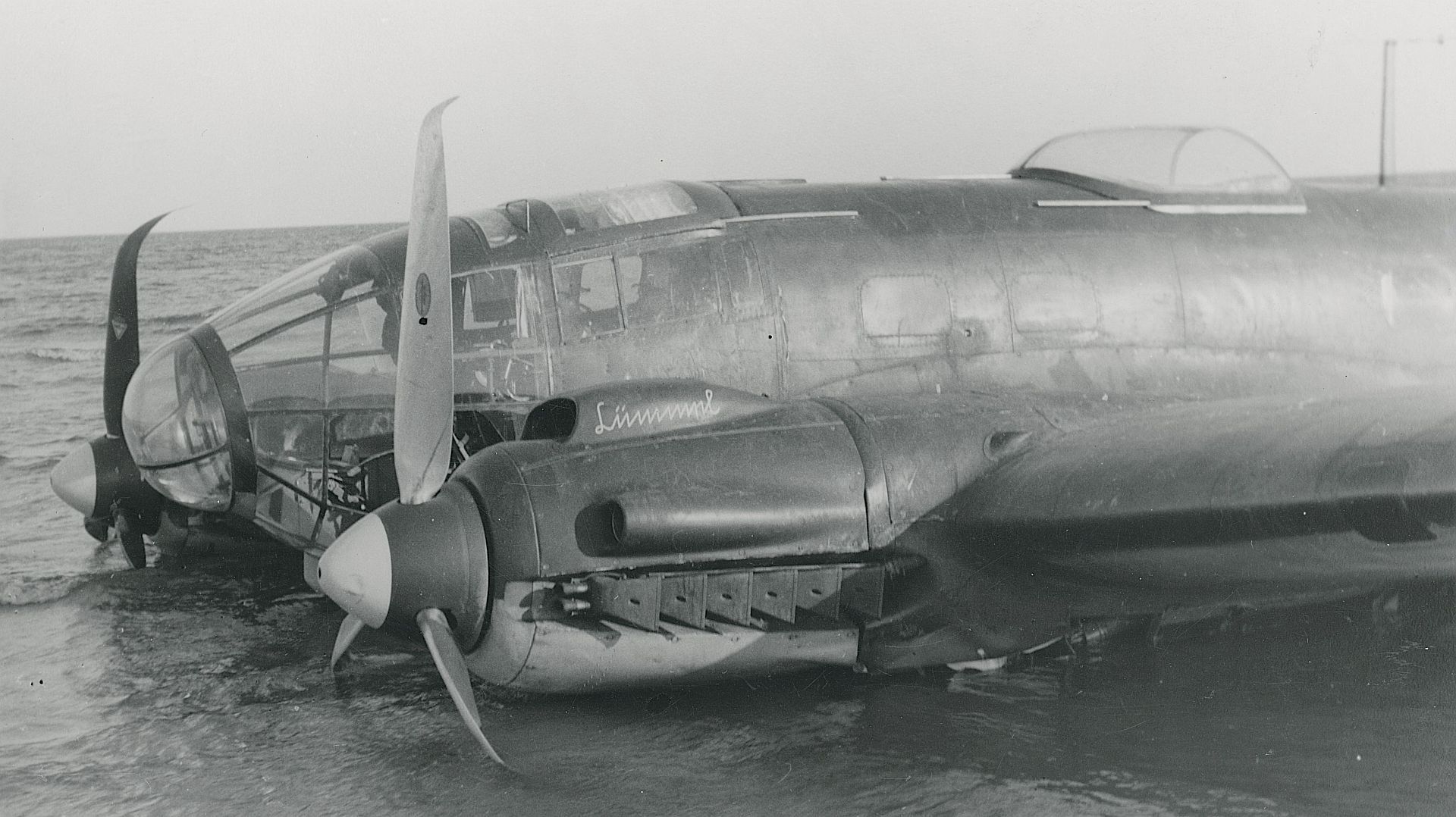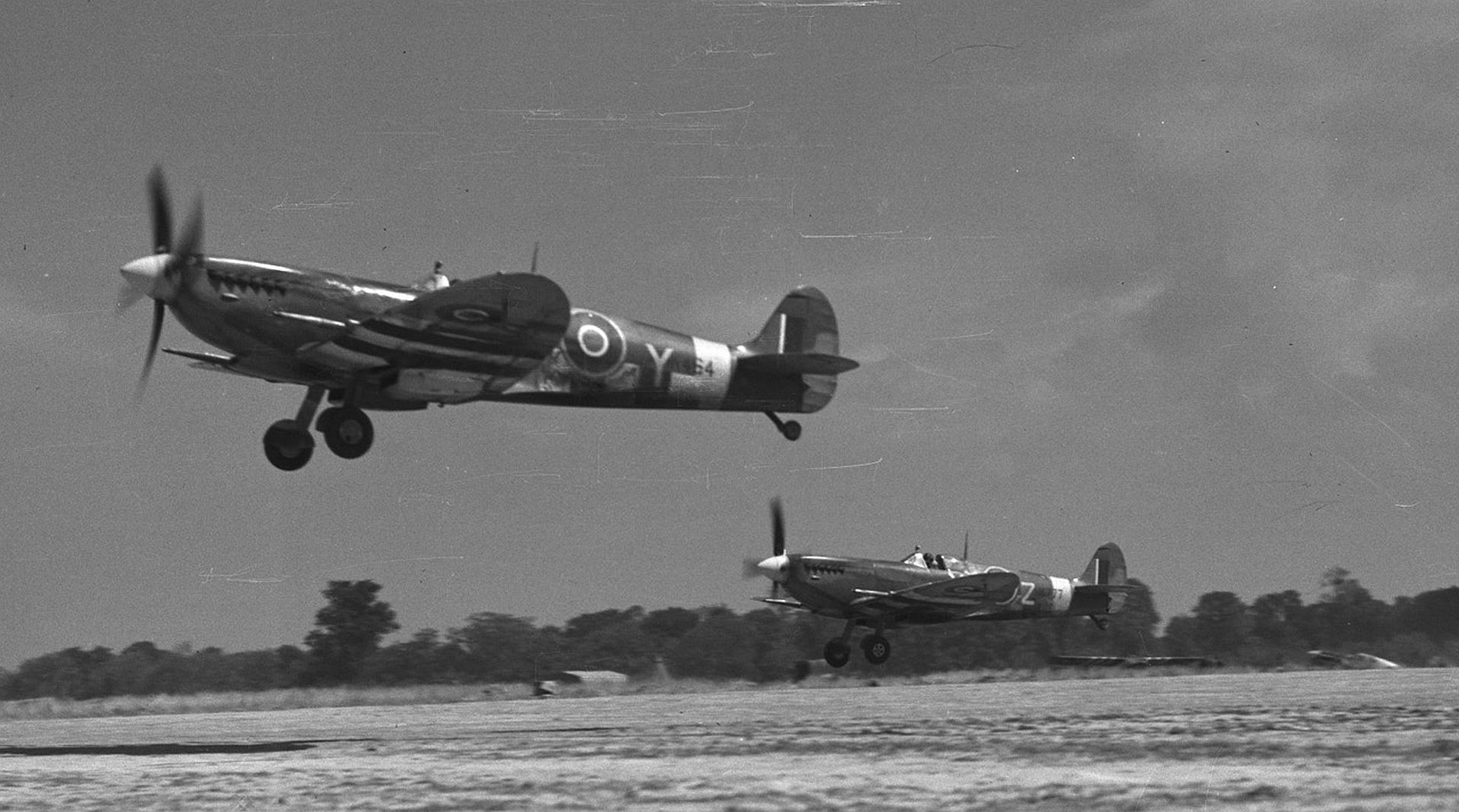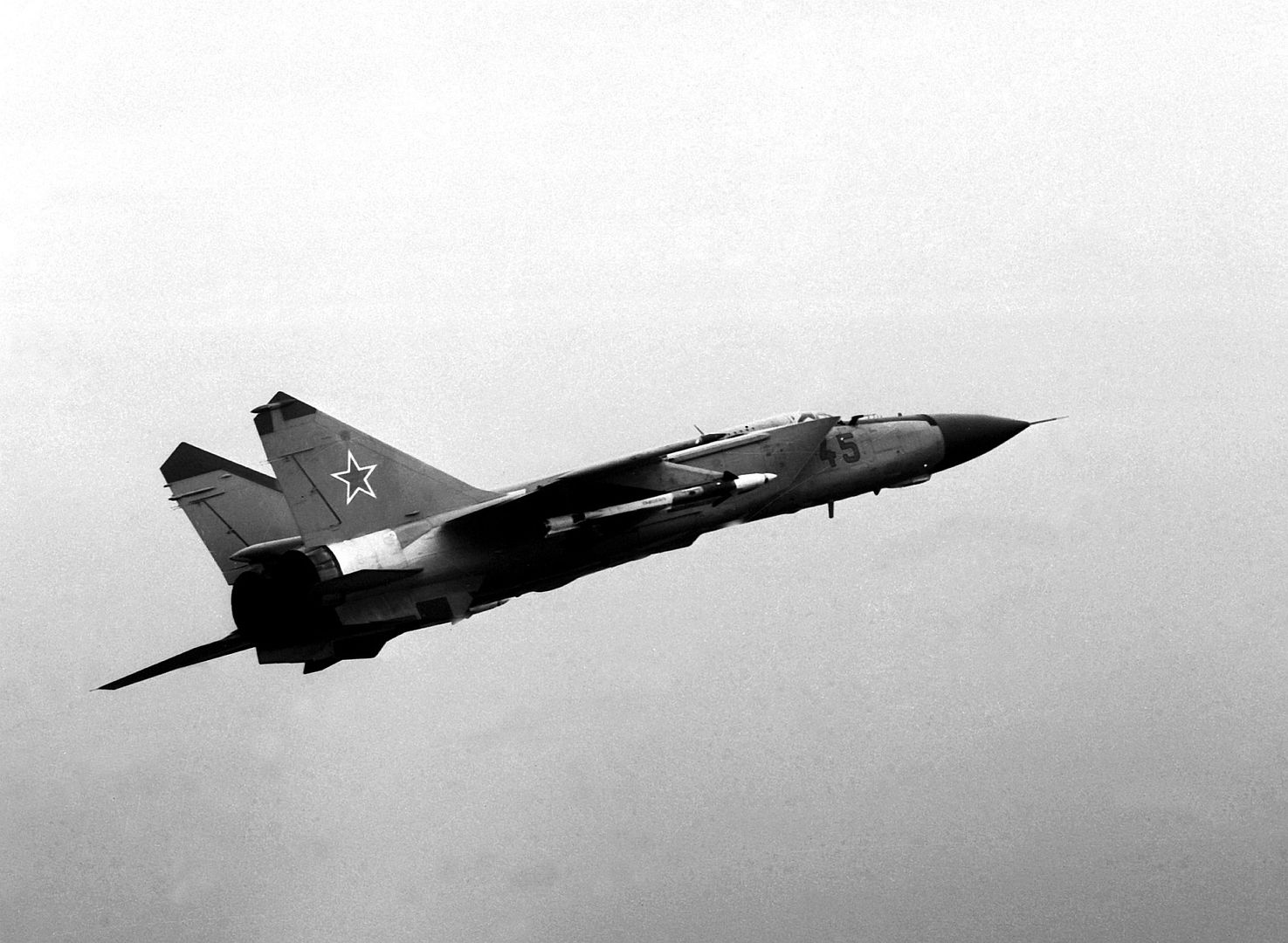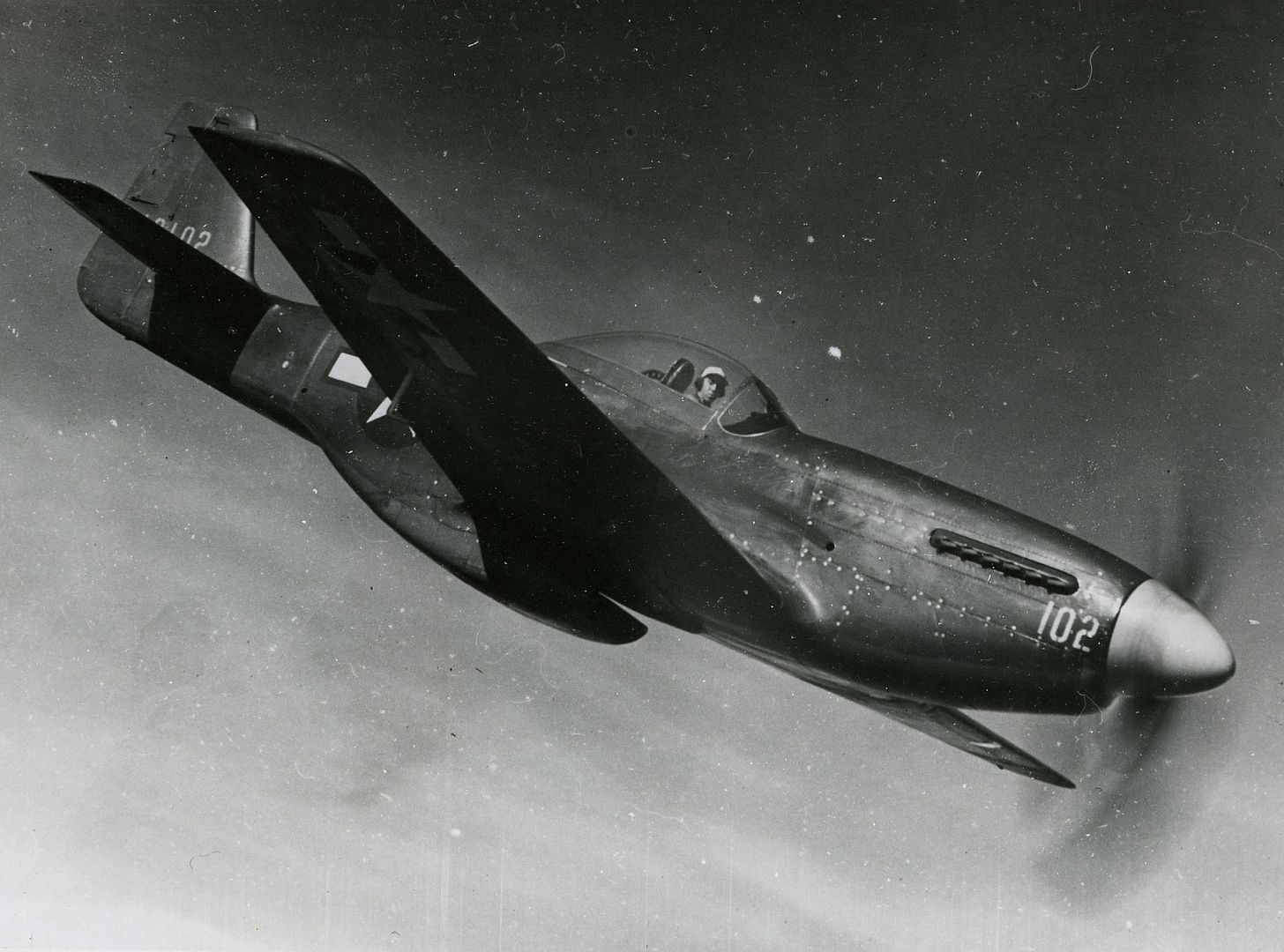Forums
- Forums
- Axis And Allies Forum
- General Discussion
- Photo of the week
Photo of the week
Post a reply
- Go to Next topic
- Go to Welcome
- Go to Introduce Yourself
- Go to General Discussion
- Go to Screenshots, Images and Videos
- Go to Off topic
- Go to Works in Progress
- Go to Skinning Tips / Tutorials
- Go to Skin Requests
- Go to IJAAF Library
- Go to Luftwaffe Library
- Go to RAF Library
- Go to USAAF / USN Library
- Go to Misc Library
- Go to The Ops Room
- Go to Made in Germany
- Go to Campaigns and Missions
- Go to Works in Progress
- Go to Juri's Air-Raid Shelter
- Go to Campaigns and Missions
- Go to Works in Progress
- Go to Skinpacks
- Go to External Projects Discussion
- Go to Books & Resources
-
 Main Admin
Main Admin -
6 years agoSat Aug 24 2019, 03:35pm
 Main Admin
Main Admin -
 Main Admin
Main Admin -
 Main Admin
Main Admin -
 Main Admin
Main Admin -
 Main AdminThis weekends extra.
Main AdminThis weekends extra.
Admiral Nimitz Inspects the Boeing B-29-40-BW Superfortress 42-24614: Delivered to the USAAF 28 July 1944. First B-29 to arrive at Saipan, on 12 October 1944. Flown by General Hansell, commander of XXI Bomber Command. Assigned to 873rd Bomb Squadron, 498th Bomb Group, named "Joltin' Josie, The Pacific Pioneer".
Written off (destroyed) when burst into flames and fell into sea at Magicienne Bay, Tinian Island, Northern Mariana Islands, shortly after takeoff, on April 1, 1945. No survivors among the eleven crew on board. 42-24614 was taking part in "Mission 51": One hundred and fifteen of 121 B-29's dispatched from the 73rd BW to attack the Nakajima aircraft plant in Tokyo.
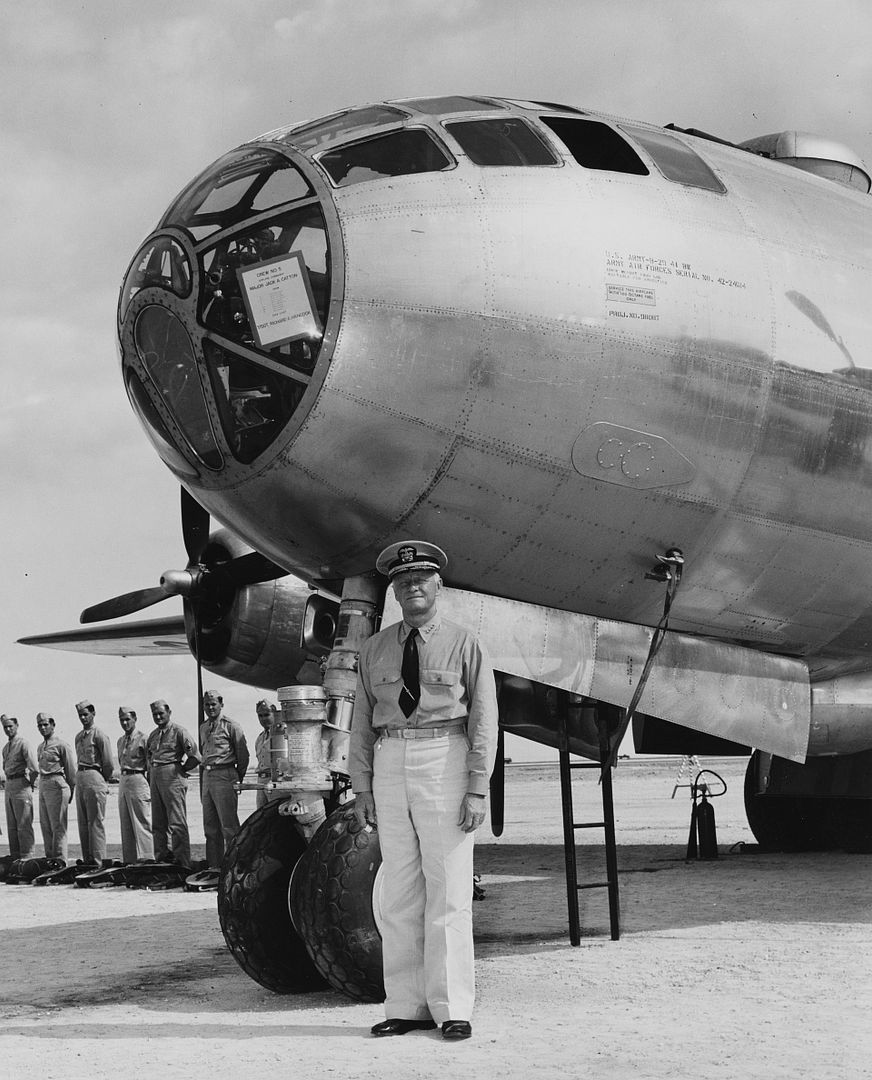
Airmen who perished on B-29 #42-24614:
Campbell, John W ~ 1st Lt, Kansas
Canfield, Robert H ~ 1st Lt, Indiana
Currier, Wilson C, Jr ~ Capt, Pilot, New Mexico
Hansen, Warren L ~ 2nd Lt, Illinois
Hill, George L, Jr ~ T/Sgt, Montana
O'Connor, Robert M ~ 1st Lt, Nebraska
Phelps, Raleigh E ~ 1st Lt, North Carolina
Rannels, Robert V ~ S/Sgt, Indiana
Roberts, Norman T ~ S/Sgt, Massaceusetts
Russell, Richard W ~ S/Sgt, Minnesota
Wyatt, Roger H ~ Sgt, New Hampshire -
 Main Admin
Main Admin -
 Main Admin
Main Admin -
 Main Admin
Main Admin -
 Main AdminThis midweeks photo's.
Main AdminThis midweeks photo's.
And two nice shots of Junkers Ju 88G NJG WNr 623185
"Apparently the instigator of the adoption of Schr?ge Musik by the Luftwaffe was Oberleutnant Rudolf Sch?nert, who started advocating this in 1941. The first installation was made late in 1942, in a Do 17Z-10 that was also equipped with Lichtenstein radar. The results were inconclusive, and development was shelved for a year. Nevertheless it is reported that in the summer of 1942 Sch?nert, then commanding II/NJG 5, received three Do 217J nightfighters for operational testing of this form of armament. (Sch?nert had his first combat success with Schr?ge Musik in May 1943, and then not in a Do 217J but in a field-modified Bf 110.) Wide-scale adoption followed in late 1943, and in 1944 a third of all German nightfighters carried upward-firing guns.
There was more to Schr?ge Musik than just fitting a few angled-up cannon, usually MG 151/20 or MK 108. These were put in the rear of the cockpit of the Bf 110, in the aft fuselage of the He 219, and behind the cockpit of the Ju 88 and Do 217. It was important to attack undetected, and therefore tracers were not used. Special ammunition with a faint glowing trail replaced them. The guns were given flash reducers. An additional gunsight was installed in the cockpit to aim the guns. The attack from below had the advantage that the nightfighter crew could observe and identify the silhouette of the aircraft before they attacked. At the same time the bomber crew could not see the nightfighter against the dark ground, nor defend itself: The belly turrets of British bombers had been removed because of their limited effectiveness and to reduce drag. The nightfighter usually aimed for the fuel tanks, not for the fuselage, because of the risk that exploding bombs would damage the attacker. Schr?ge Musik soon produced devastating results. It was at its most successful in the winter of 1943-1944. This was a time when losses became unacceptable: The RAF lost 78 of 823 the bombers that attacked Leipzig on 19 February, and 107 of the 795 bombers that attacked Berlin on 30 March.
RAF Bomber command compensated for the German lateness to adopt this form of armament by reacting slowly to it. Reports of bomber crews gave no indication, because the German nightfighters managed to stalk their preys without being perceived. Only an analysis of the damage done to returning bombers demonstrated that the Germans were firing from below. This seems to have been understood fairly quick, for the problem was already reported in April 1943. However, it took considerable time to implement a satisfactory solution. Initially, a downward observation window was provided, and Canadian bombers again received belly turrets. But the effectiveness of these measures was small, because the attackers were very hard to see. Radar was a better solution, but the Monica tail-warning radar provided warning only if the attacker approached from astern, not from below. Anyway, in July 1944 the British discovered FuG 227 Flensburg in a captured German aircraft, a receiver that could be used to home in very accurately on the emissions of the Monica radar from a distance of 80km. The tail-warning radar then had to be deleted.
The H2S navigation radar, that had replaced the belly turret on many bombers, did look downwards; but it did not provide any warning of enemy aircraft approaching from below. The H2S display showed the radar image starting from the first ground return, so that a map could be drawn. Any echoes preceding this ground return were discarded -- The echoes of aircraft below the bomber. A modification of a H2S radar proceeded as soon as the developers became aware of the problem, and to avoid administrative delay, development was undertaken more or less clandestinely. In July 1943 the Fishpond modification of H2S was ready. A display screen was added, that indicated range and bearing of any aircraft below the bomber; an estimate of the relative height could be made by banking the bomber. But Bomber Command was large, and it took considerable time to install the new equipment. By the spring of 1944 most bombers carried Fishpond, and losses dropped sharply. However, there was considerable turmoil when it was discovered that German nightfighters carried the Naxos detector, that allowed them to determine the origin of H2S emissions. Only after the interrogation of prisoners made clear that Naxos was far too inaccurate to allow nightfighters to home in on an individual bomber, and at best gave an indication of the position of the bomber stream, was confidence in H2S and Fishpond restored.
An outgrowth of the Schr?ge Musik concept was the development of a number of vertically firing Sonderger?te, a term which can be translated as "special devices". These consisted of a number of recoilless single-shot guns, firing 30mm or 55mm ammunition. They were triggered by photo-sensitive cell. In theory, all the pilot had to do was pass at a suitable distance (100m to 50m) under a bomber. Use of these weapons remained experimental, and after the war nobody continued the concept."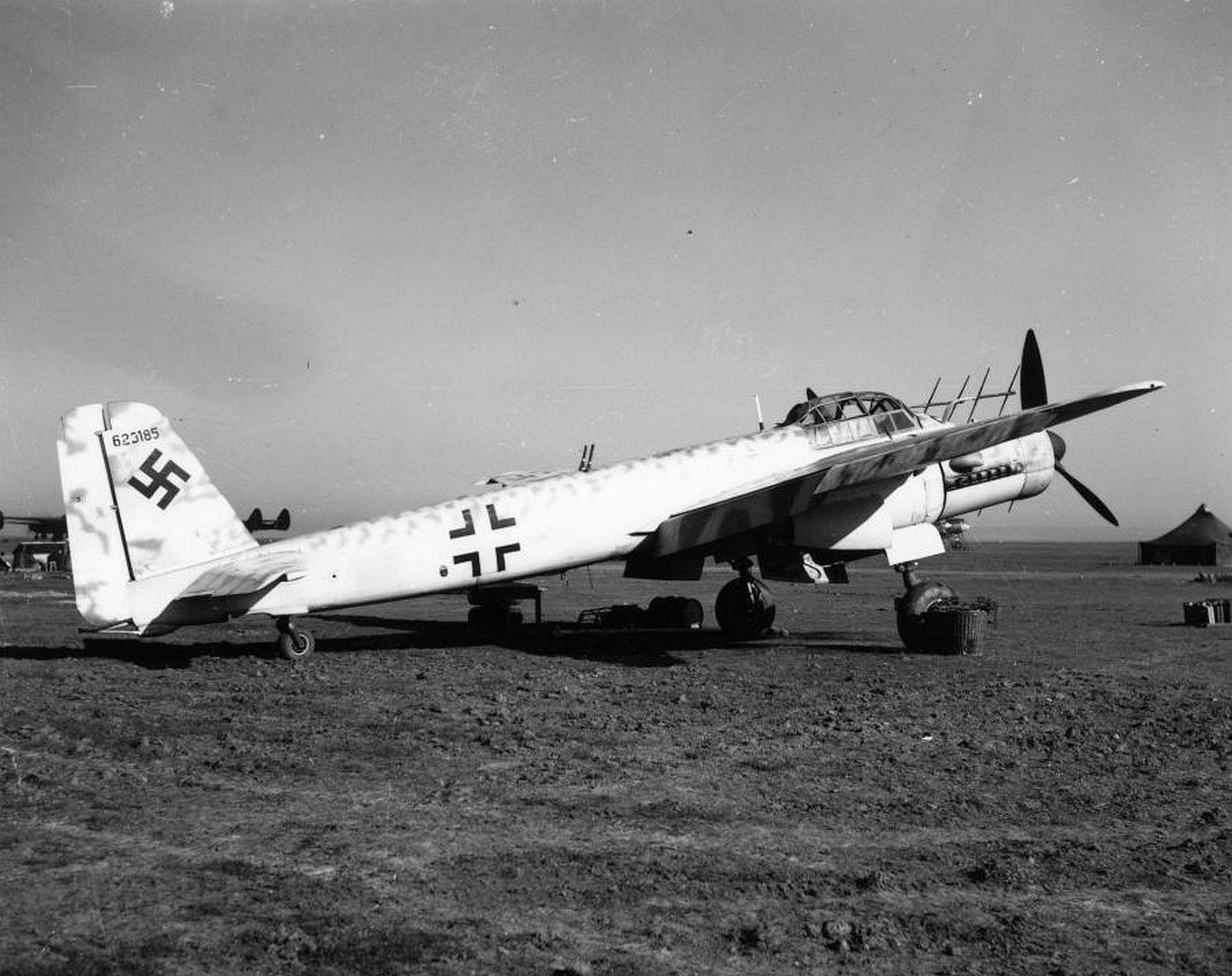
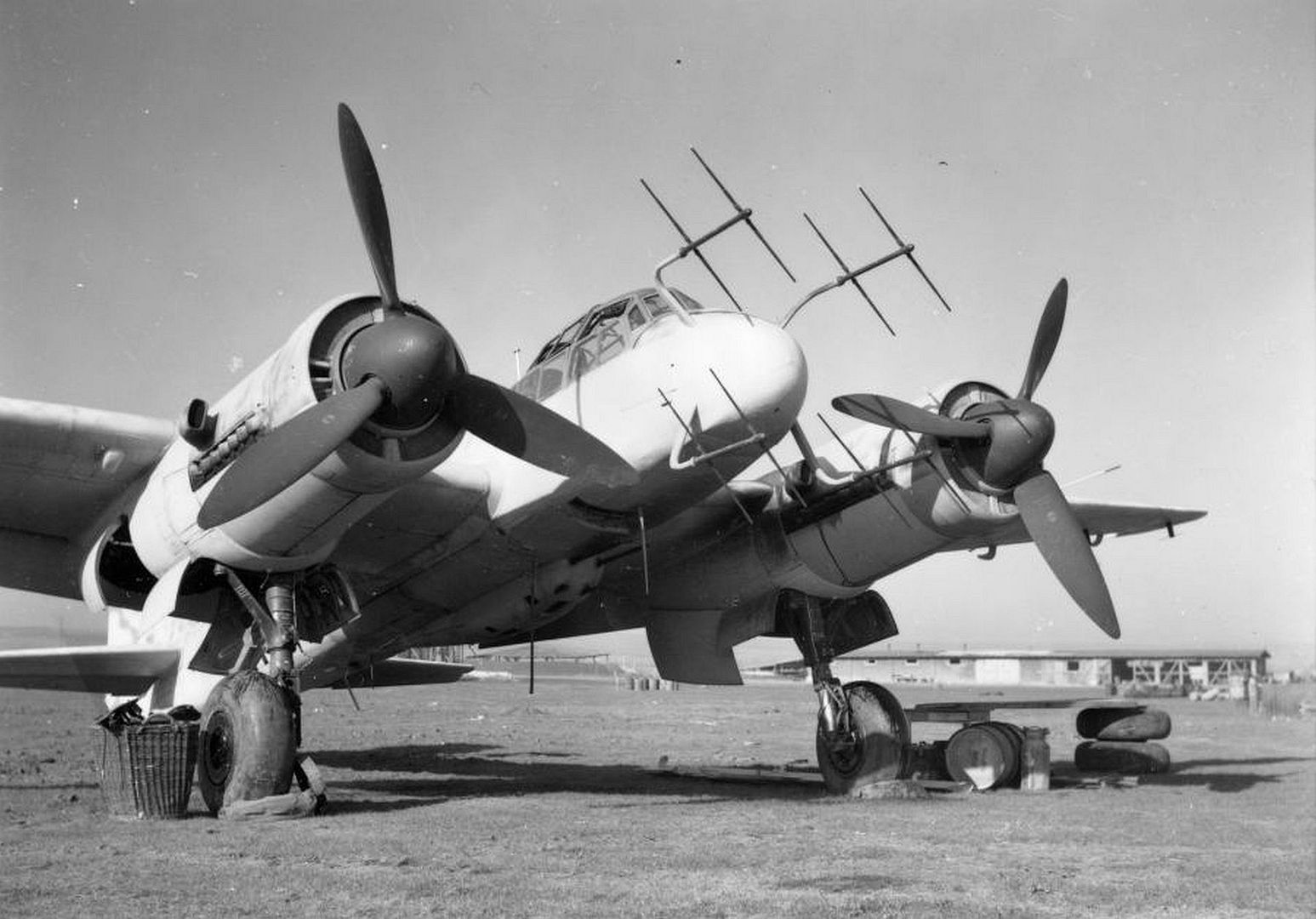
Post a reply
- Go to Next topic
- Go to Welcome
- Go to Introduce Yourself
- Go to General Discussion
- Go to Screenshots, Images and Videos
- Go to Off topic
- Go to Works in Progress
- Go to Skinning Tips / Tutorials
- Go to Skin Requests
- Go to IJAAF Library
- Go to Luftwaffe Library
- Go to RAF Library
- Go to USAAF / USN Library
- Go to Misc Library
- Go to The Ops Room
- Go to Made in Germany
- Go to Campaigns and Missions
- Go to Works in Progress
- Go to Juri's Air-Raid Shelter
- Go to Campaigns and Missions
- Go to Works in Progress
- Go to Skinpacks
- Go to External Projects Discussion
- Go to Books & Resources

